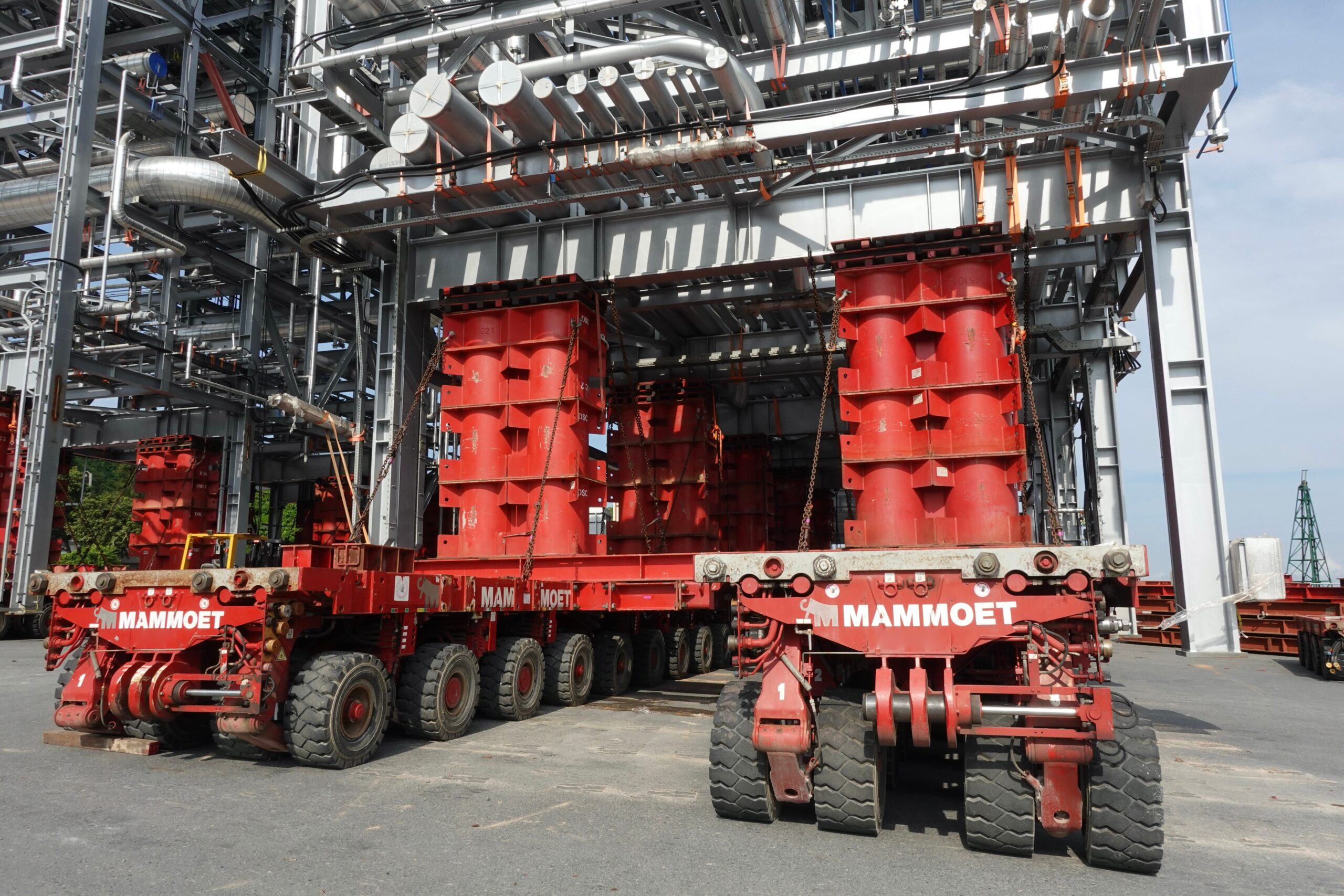Modularization Isn’t the Future — It’s Now: How to Leverage It to Stay Competitive in Capital Projects
Construction Connection Podcast Series, Ep. 1 – Powered by CURT
In an era when capital project execution is under immense pressure—characterized by shorter schedules, labor shortages, and tighter budgets—modularization is emerging as the smart, scalable solution. In a recent Construction Connections podcast, CURT President Greg Sizemore sat down with modularization expert Bill Lewis, who brings 45+ years of experience from global leaders like Microsoft, Sabic, and DuPont.
Their message? Modularization is not optional—it’s essential.
What Is Modularization and Why Does It Matter Now?
Modularization involves building project components off-site in controlled environments and transporting them to the jobsite for assembly. While not new (think shipbuilding in WWII), today's technologies—from 3D modeling to laser scanning—make it more viable and powerful than ever.
Modern projects face unprecedented pressures such as aggressive delivery timelines, shrinking skilled labor pools, weather disruptions and safety risks, and budget unpredictability
Modularization addresses each of these—making it a compelling strategy for engineering and construction leaders who need to deliver faster, safer, and with fewer variables.

The Benefits Stack Up:
- Faster speed-to-market: Especially critical in high-demand sectors like data centers
- Improved quality and safety: Climate-controlled fabrication minimizes risks
- Predictable costs and fewer delays: Assembly-line logic reduces rework
- Commissioning advantages: Many systems can be tested before reaching the field
But Success Depends on One Thing: Early Planning
As Bill Lewis emphasized, modularization requires a shift in mindset and timing. Design, procurement, and equipment selection all need to move earlier in the project lifecycle. That’s where the FEL1 (Front-End Loading) stage becomes vital.
“Modernization is not as forgiving for late changes. You need to engage early—and bring everyone to the table,” Lewis advises.
How to Make Modularization Work for You
- Start Early – FEL1 is Your Power Stage
Assess project viability, risk profile, and modular fit during FEL0 and FEL1 stages. Make modularization part of the business case—not an afterthought. - Build Two Projects in Parallel
Understand that site construction and module fabrication are parallel workflows. Use AWP (Advanced Work Packaging) to keep both aligned. - Engage the Right Leaders
Bring in modularization-experienced project managers and SMEs. This is not a learn-on-the-job approach. Seek out consultants or alliance partners who’ve done this before. - Use the Right Tools
Software platforms that support 3D modeling, modular breakdowns, and sequencing are crucial. Choose tools that facilitate collaboration between design teams, module fabricators, and field crews. - Leverage Lessons Learned
Tap into shared knowledge across CURT and industry networks. The CURT Modularization Sprint Team has developed a 13 Essential Variables framework that separates success from failure in modular projects.
Ready to Learn More? Attend CURT’s Modularization Summit
September 16–17, 2025 | Cincinnati Airport Marriott
Theme: Owner-Early Decision Processes for Modularization Strategy
You’ll gain practical insights, connect with subject matter experts, and walk away with tools you can use immediately to de-risk your next project.
Learn more and register at: www.CURTEvents.com
Final Thought
Construction is hard—but you don’t have to do it alone. Modularization, when executed right, isn’t just a tool for project delivery—it’s a competitive advantage. CURT and its alliance partners are here to help you get it right.
To watch this podcast and others, visit CURT’s YouTube Channel.